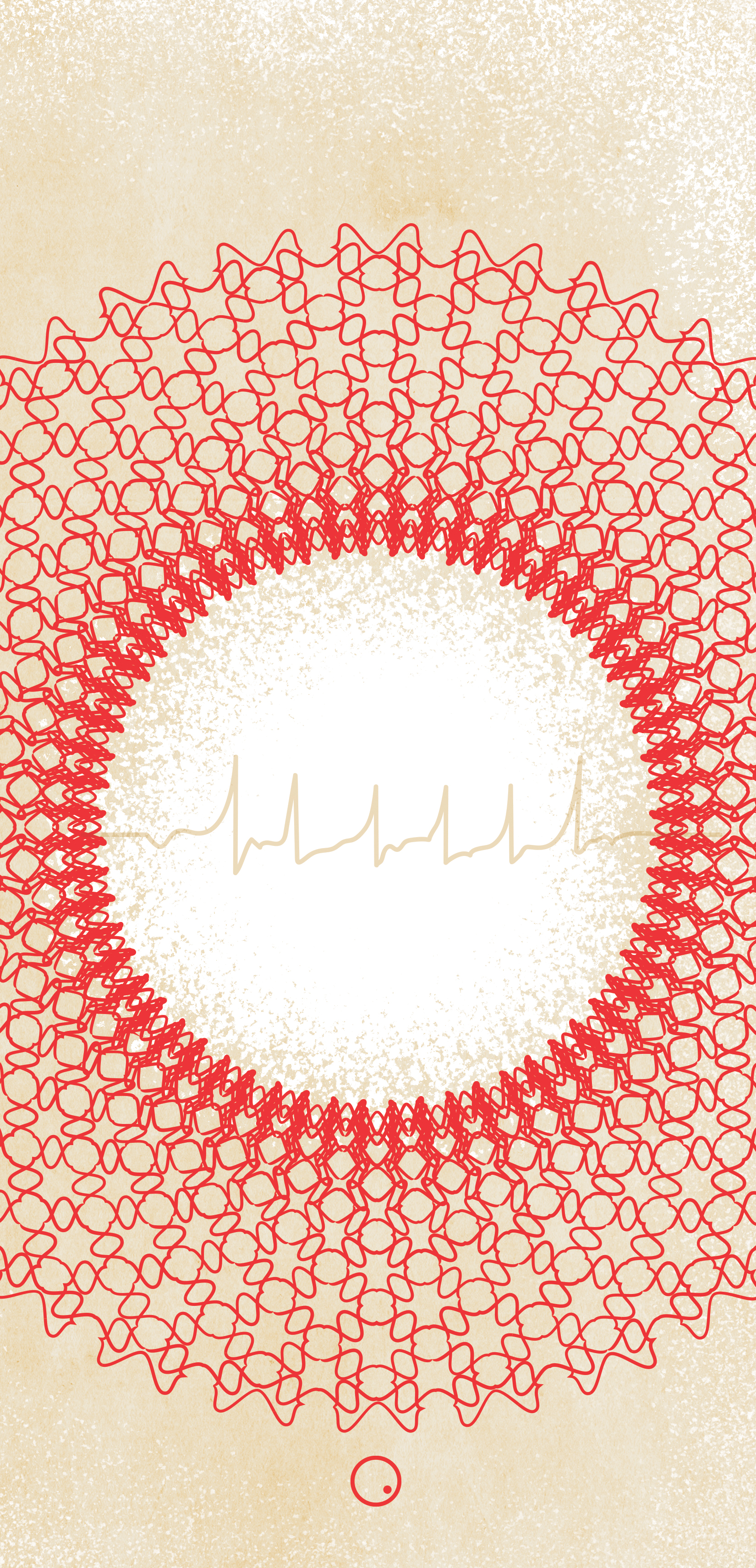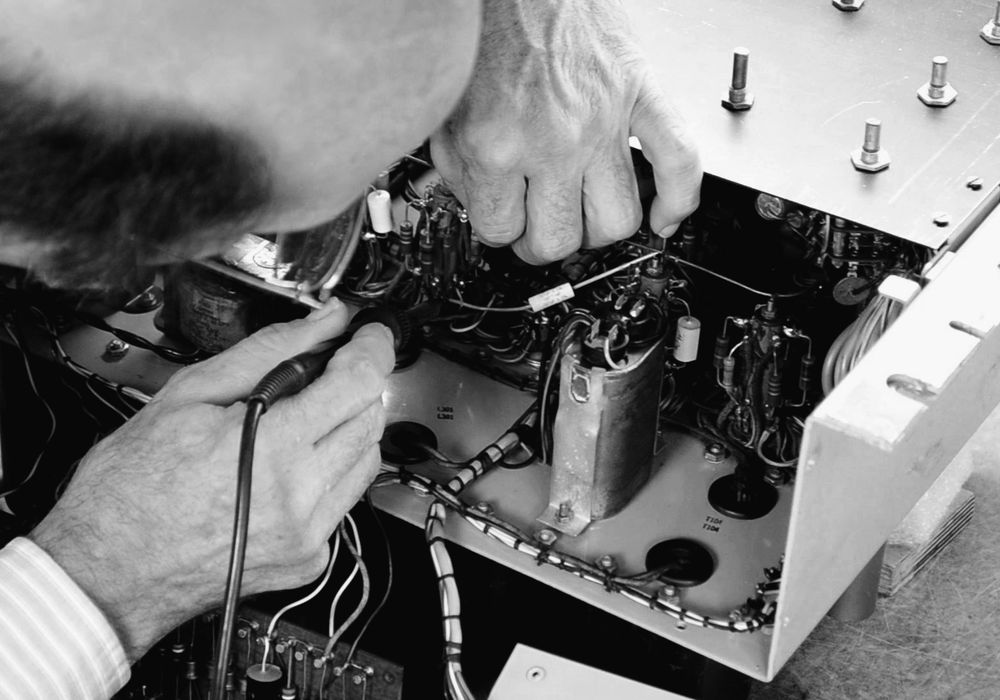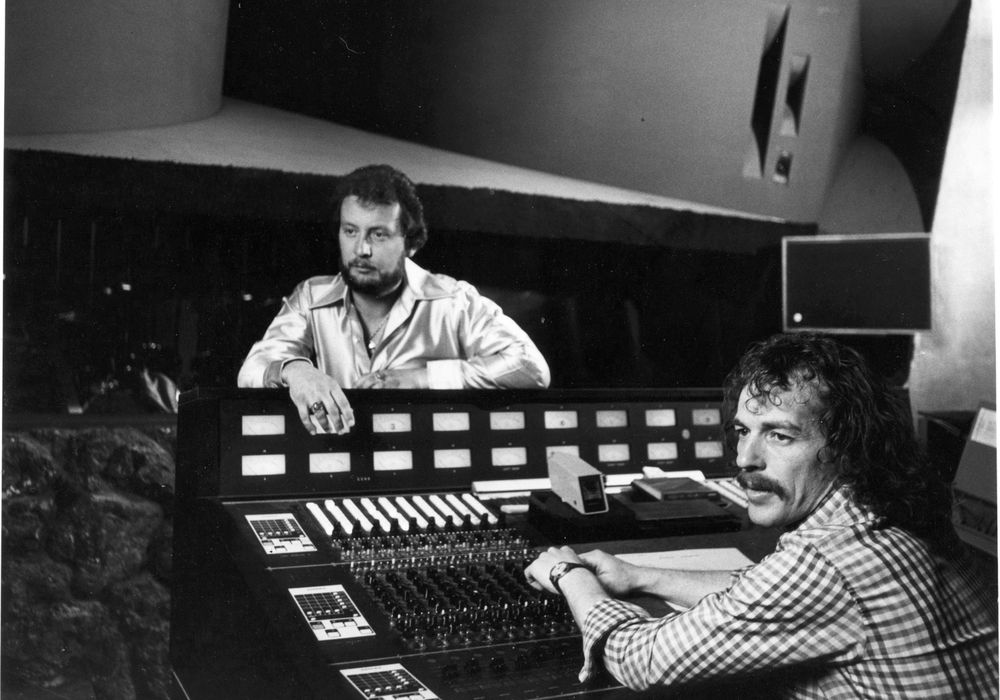In April 2023, John La Grou, founder/owner of Millennia Media, dropped me a line about a new audio technology venture he was working on, with the caveat that I could not tell anyone what he was up to. Later that year, he asked if I was interested in becoming a beta tester for his new HDR-A digital-to-analog converter (DAC). Many of these units seemed to go out to people working in classical music, mastering, and other refined high-fidelity positions – not someone like me who produces and mixes a lot of indie rock. The D-1 is a simple half rack-space wide, two rack-space high unit with a display, five buttons in the center, a knob on the right, and a single headphone jack, with various digital inputs and analog outputs on the rear. I hooked the D-1 up to my Pro Tools HDX system via an AES output, spent some time matching output levels against the best DAC I have (not an inexpensive one), and then began listening and comparing. I can usually hear differences between audio converters, and initially I was like, "Oh, that seems fine." But after a while, I couldn't believe the extra detail in the sound that I was privy to. The edge of a cymbal's reaction to the attack of a stick was less blurry. The sound of a pick on an acoustic guitar string had this tiny extra detail that other converters simply could not deliver. I spend a lot of time thinking about how I'm capturing all the tiny nuances of transients; that millisecond where the sound begins to happen in the natural world. We pick certain mics and preamps because they are fast; we choose others because they feel slower while adding a desired characteristic to a sound. However, when we get to the point where we're making critical choices based solely on what we’re hearing from the recording medium (in this case, digital), anything that obscures the path that audio takes to get from a computer to our ears is causing problems.
I truly believe that John and his team have solved a major problem with this new imersiv technology, one that some folks may try to bury their heads in the sand and ignore. His five patents might explain why this is no ordinary digital-to-analog converter, and I've seen many numbers and charts that indicate what is going on here is valid. But I'm going to try and explain the technology in layman's terms: Imagine that we could split a digital stereo audio band into two paths based on the amount of energy or volume level of the two bands. We'd have stereo sets of low level and high level paths. Now, we run those paths through their own converters, rendering as much analog audio detail as possible out of the data. Then, we recombine those bands in an almost magical way that doesn't create new problems with the audio. Sounds that were deep in the bottom of the soundstage are now getting the same attention to clarity as the much louder and more prominent parts of the audio. This doesn't mean the quiet parts become louder; that makes no sense. It means that this low level audio retains the quality it was originally recorded with. It means that we begin to hear the subtle details that were basically missing before. I can hear these details. This is not wishful thinking or some stupid scam. It is real. Due to this enhanced playback ability, my studio manager, Zach Bloomstein told me he finally could hear the difference between 48 kHz versus 96 kHz Pro Tools sessions and now begins all of his work at 96 kHz. Zach then took the D-1 over to Adam Gonsalves's Telegraph Mastering <telegraphmastering.com> for a listen, and Adam said, “The clarity is superb. Throughout the stereo image, rich detail is evident. When converters get to this level of quality, small details matter, and the details here are done right."
Mostly, I wanted to write up this review of the D-1 so that people could understand what has been developed here with multi-path audio. In several years, we will all take this architecture for granted, and John will have licensed it to many others to utilize. If you know anything about my journey in music recording, you'll know that I wait out technology until it feels robust and affordable. This is the first time with digital audio where I've been surprised at an actual, tangible leap forward. Right now, the imersiv D-1 multi-path DAC is definitely not cheap; we're paying top dollar to hear the future. This will likely be the beginning of something important in audio, so please take note of this moment and at least keep it in mind.




_disp_horizontal_bw.jpg)